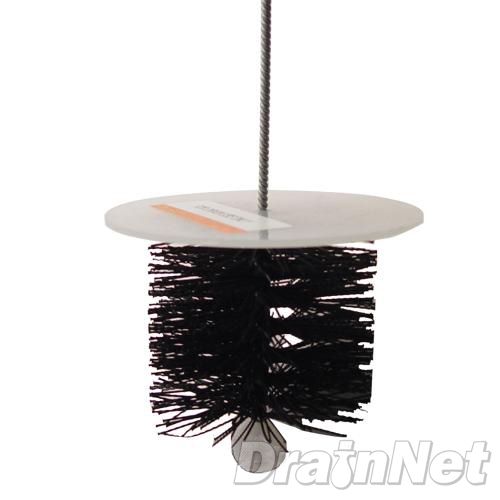Floor Drains Cleaning Procedures
I need to write a floor drain cleaning procedure for our facility. We're a manufacturer of food & beverage packaging. Does anyone have some sample SOP's? Also which method of cleaning floor drains is the most cost effective? Thanks
Also to consider, there are several products (chemicals and equipment) alleged to be able to clean drains. Your cleaning chemical supplier may have some suggestions if he/she has other clients of similar operation to yours.
In my humble opinion (and I mean humble as I am no great expert) cost should take a backseat when it comes to design and cleaning of drains, at least in some applications. Drains are notorious for major harborage of pathogens.
A few more details might help spur on the thoughts of some of the experts on the forum.
As a starter, it might help if you described yr current procedure.
Rgds / Charles.C
Dear skredsfan,
As a starter, it might help if you described yr current procedure.
Rgds / Charles.C
[/quote]
We don't have a current floor drain cleaning procedure. We currently only produce Secondary Packaging for Food & Beverage products, with the intention of producing Primary Packaging (Direct Food Contact) in the future. I'm currently developing PRP's for our HACCP Program. My biggest questions are which methods for drain cleaning are the most effective? Chemical vs machine. I can look further into the cost aspect of it. Also frequency? We don't produce food in our plant, so what is a reasonable frequency for drain cleaning? Thanks!
One facility's most effective may be another facility's least effective. Consider the soils in the drain, the design, condition, and the hazards. A given soil may require a certain type of cleaner, at a certain concentration level, at a certain temperature along with mechanical action (e.g., scrubbing). A different soil might change all those variables. Always keep in mind the four major components of cleaning/sanitizing/disinfecting: Time, Temperature, Mechanical Action, and Chemistry.
So for example, if I recall correctly, I was in a facility where the drain cleaning included:
-removing drain cover (to be cleaned, of course with outlined procedures)
-removing debris basket (same)
-use brush to remove/break loose gross debris
-apply a foaming chlorinated alkaline cleaner at 120-160°F (we had a temp guage)
-allow foaming cleaner to dwell 7-15 minutes
-use brush to scrub inside of drain
-rinse with cold [potable] water
-apply disinfectant-strength quaternary ammonium to all surfaces, including drain cover and debris basket- can't remember, I think it was around 800ppm
Also remember that the drain brush should be a unique color (generally black) and must be stored away from any other brushes used for sanitation.
Marshall
- Where do you put the cover or the drain basket during the cleaning process? Could they be contaminating something else?
- The brushing itself is an often overlooked part of the process. It's not enough to have a drain brush of a unique color, the brush must be of a correct size and staff must be trained on how to use it. A 3 inch drain hole should not be cleaned with a 3 inch drain brush. The brush should be undersized to prevent splattering when the brush is removed from the hole. In line with that logic, it is important that staff not clean drains by plunging the brush in and out of the drain hole. This can spray Listeria for many feet in all directions. The brush should be undersized and the drain should be cleaned with a circular motion taking special care not to splash any drain contents or moisture back out into the plant.
- Rinsing of drains- Employees need to be shown how to flush a drain using volumes of slow moving water and or sanitizer. A hose should not be sprayed at the drain hole itself due to the potential of backsplash.
- Operators footwear - make sure that your drain cleaner isn't cleaning the drain and then wearing the same footwear back through a hotzone.
In essence, that's what we do.
Also remember that the drain brush should be a unique color (generally black) and must be stored away from any other brushes used for sanitation.
Marshall
Question about the drain brush! I have a 12cm diameter drain and I am looking for a brush that is smaller than the drain to prevent spray. My cleaning supplier has this and it's too big! The brush still causes spray up to a foot wide even when removed carefully. 